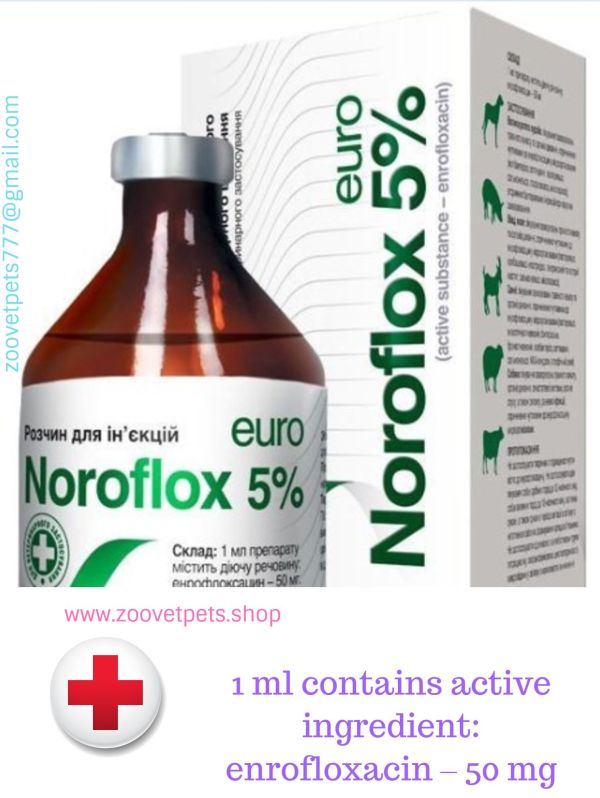

When saturation of the absorption process occurs, the plasma concentration of the active moiety will be less than predicted, based on the concept of dose proportionality.įollowing an oral dose in dogs of 2.5 mg/kg (1.13 mg/lb) enrofloxacin reached 50% of its maximum serum concentration in 15 minutes and peak serum level was reached in one hour. Saturable absorption and/or elimination processes may occur at greater doses. In cats, no oral absorption information is available at other than 2.5 mg/kg, administered orally as a single dose. The absorption and elimination characteristics beyond this point are unknown. The primary route of excretion is via the urine. The eliminating organs, based on the drug's body clearance time, can readily remove the drug with no indication that the eliminating mechanisms are saturated. 2 Approximately 80% of the orally administered dose enters the systemic circulation unchanged. Pharmacokinetics: In dogs, the absorption and elimination characteristics of the oral formulation are linear (plasma concentrations increase proportionally with dose) when enrofloxacin is administered at up to 11.5 mg/kg, twice daily.

Gastrointestinal and Cardiopulmonary Systems TABLE III - Body Fluid/Tissue Distribution of Enrofloxacin in Dogs and Cats Single Oral Dose = 2.5 mg/kg (1.13 mg/lb) Specimens for susceptibility testing should be collected prior to the initiation of enrofloxacin therapy. The susceptibility of organisms to enrofloxacin should be determined using enrofloxacin 5 mcg disks. Most strains of these organisms were found to be susceptible to enrofloxacin in vitro but the clinical significance has not been determined for some of the isolates. The MIC values for enrofloxacin against these isolates are presented in Table I.
#Enrofloxacin 68 mg for dogs side effects series#
The minimum inhibitory concentrations (MICs) were determined for a series of 39 isolates representing 9 genera of bacteria from natural infections in dogs and cats, selected principally because of resistance to one or more of the following antibiotics: ampicillin, cephalothin, colistin, chloramphenicol, erythromycin, gentamicin, kanamycin, penicillin, streptomycin, tetracycline, triple sulfa and sulfa/trimethoprim. 1Įnrofloxacin is bactericidal, with activity against both Gram negative and Gram positive bacteria. They may also interrupt bacterial membrane integrity. Among other things, such compounds lead to the cessation of cell respiration and division. The effect on Escherichia coli is the inhibition of DNA synthesis through prevention of DNA supercoiling.

The site of action is bacterial gyrase, a synthesis promoting enzyme. The mechanism of action of these compounds is very complex and not yet fully understood. Microbiology: Quinolone carboxylic acid derivatives are classified as DNA gyrase inhibitors.


 0 kommentar(er)
0 kommentar(er)
